The purpose of the National Parks is to protect exceptional natural sites (including forests, villages, farmlands and other diverse environments) of Japan and preserve them for for the future generations, so they can experience the same sense of wonder and joy as our generation. National Parks of Japan encompasses national, public, and private lands, where many people still live a daily life and agricultural and forestry industries also thrive. The National Parks Act was passed in 1931, and the National Parks Act was extensively revised in 1957. As of 2024, there are 35 designated sites, from Hokkaido to the north and Okinawa and the Ogasawara Islands to the south.
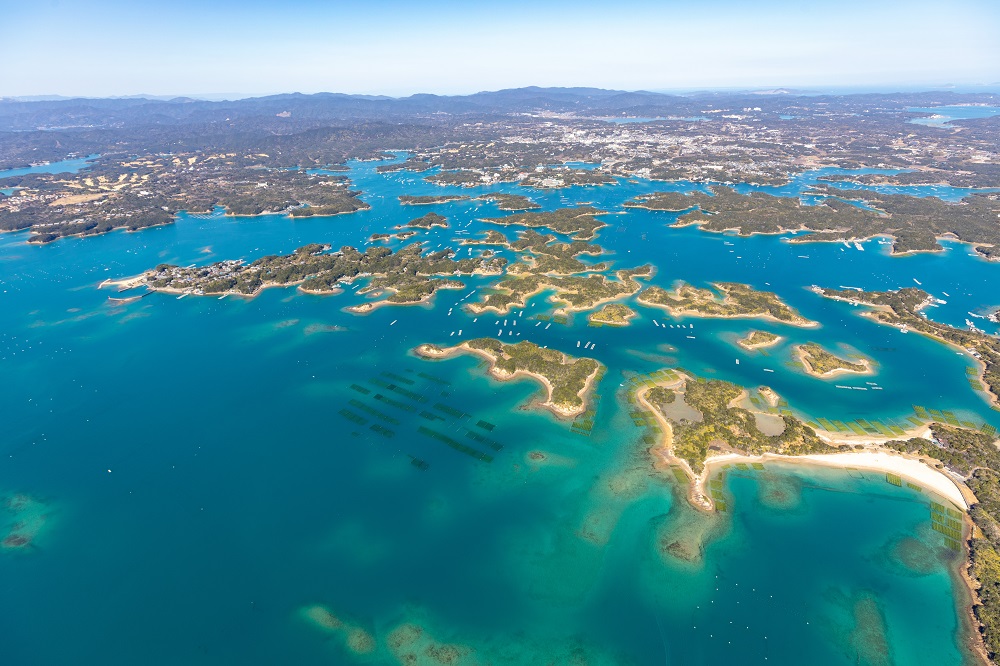
National parks represent unique environments to be preserved for the future generations. Knowing the reason for a park to be registered as a National Park might help you deepen the understanding of Japan. There are rules to be followed in accordance with the National Park Act.
Basic Regulations in National Parks:
-Never touch plants or animals
-DO NOT take home any rocks
-NO camping or bonfires except in designated areas
-Use the facilities with care and especially refrain from leaving graffiti
-DO NOT feed wild animals
Other guidelines are:
-Do NOT enter areas where trespassing is prohibited
-Bring in a portable toilet (some National Parks have no restrooms)
-Walk on wooden paths and trails without deviating
-Always take your trash / garbage with you
-Be extra careful not to cause any accidents
Be sure to follow specific rules set in each site.

Fuji-Hakone-Izu National Park (Shizuoka, Tokyo, Kanagawa, Yamanashi)
Fuji-Hakone-Izu National Park is located to the southwest of Tokyo stretching from Mount Fuji to a chain of islands in the Pacific Ocean south of the Izu Peninsula. Divided into four areas of: the Mount Fuji and Hakone areas in the north, and the Izu Peninsula and Izu Islands to the south. The whole area around Mount Fuji, Hakone, and Izu Peninsula belong to Shizuoka Prefecture.
Minami Alps National Park (Shizuoka, Yamanashi, Nagano)
Minami Alps National Park is located in the southernmost region of the Japan Alps. Tectonic upheavals forced the land upward to form the three main mountain ranges of the park, which are the Mount Kai-komagatake and the Houou Sanzan mountains in the north, the Akaishi mountains in the south, and the Shirane Sanzan mountains in between. As the mountains lie on the southernmost point among the Japan Alps, the area receives much rain in the summer and less snow in the winter. It is also characterized by several deep V-shaped valleys formed by river channel erosion due to abundant rainfall, and owing to a light snowfall, the altitude of the timberline is high, and the vicinity of the ridges are covered in forests. Renowned for the trace remnants of the southernmost glacier of japan, it also features glacial and periglacial landforms formed about 20.000 years ago throughout the alpine belt. Several cirques (valleys formed by glacial erosion) still remain near Mt. Senjogatake, and Arakawasanzan is one of them.
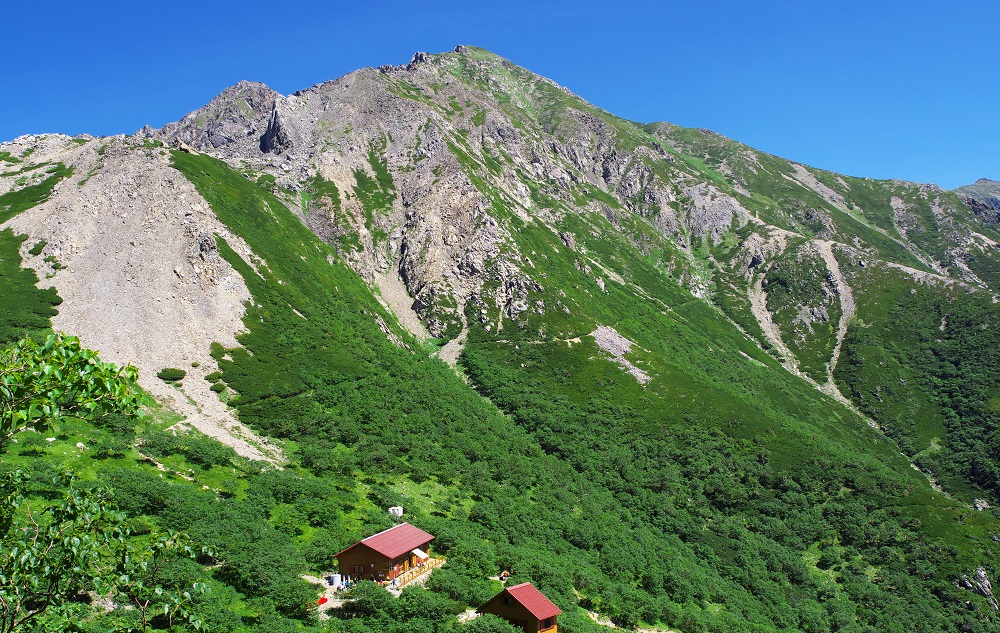
Joshin'etsukogen National Park (Nagano, Gunma, Niigata)
The Joshin'etsukogen National Park is vast and consists of 2,000-meter-high mountains and plateaus, including the 2,568-meter-high Mt. Asama, Tanigawa Mountain Range, Mt. Naeba, Mt. Kusatsu-Shirane and more. Located on the border of Niigata Prefecture, the 2,145-meter-high summit of Mt. Naeba is home to an extensive high-altitude marshland where numerous highland plants grow. Mt. Asama is one of the most active volcanoes in the world and is located on the border of Gumma Prefecture. The stratovolcano consists of Mt. Kurofu, Mt. Maekake, Mt. Kama, Hotokeiwa Lava Bulge, Mt. Sekison and Mt. Koasama. It is also a treasure trove of alpine flora, and fauna.
Myoko-Togakushi renzan National Park (Nagano, Niigata)
Myoko-Togakushi renzan National Park is one of the newest national parks in Japan. Featuring a combination of volcanoes, non-volcanic mountains, plateaus and small swamps creates a unique sight to behold. Iizuna Plateau reaching from 900 to 1,100 meters above sea level is dotted with marshlands and ponds. Togakushi Shrine, devoted to mountain worship, is one of the many attractions in Nagano City.
Chubusangaku National Park (Nagano, Gifu, Toyama, Niigata)
Chubusangaku National Park is one of the first national parks in Japan, consisting of entire Northern Japan Alps and many famous mountains in the 3,000-meter-high range. Mt. Norikura at the main peak with 3,026-meter-high Kengamine, Mt. Hotaka with 3,190-meter-high-Okuhotaka, and the 2,932-meter-high Mt. Shirouma, the highest peak in the Ushiro-Tateyama Mountain Range, and the beautiful valley of Kamikochi are the highlights of the park.
Chichibu-Tama-Kai National Park (Nagano, Saitama, Tokyo, Yamanashi)
Chichibu-Tama-Kai National Park, is characterized by the Okuchichibu collection of 2,000-meter-high class mountains, including the 2,601-meter-high Kita Okusenjo and the mountain streams. Located on the border with Yamanashi Prefecture, the area is home to the 2599-meter-high Mt. Kinpu, the highlight of the Okuchichibu region and an object of worship since ancient times, as well as the Jumonji Pass, where famed rhododendrons grow in clusters, located on the border with Saitama Prefecture.
Minami Alps National Park (Nagano, Shizuoka, Yamanashi)
Minami Alps National Park is a mountain park centered on the Akaishi Mountains running north to south through central Honshu, the main island of Japan. Consists of 3,000-meter-class mountains and the headwaters of the Oi, Tenryu, and Fuji Rivers, also is characterized by many V-shaped valleys created by river erosion, and forests covering the area up to the ridge line due to low snow accumulation. Mt. Senjogatake, known as the "Queen of the Southern Alps" for her graceful 3,033-meter-high silhouette, and the sharply pointed 2,967-meter-high Mt. Kaikomagatake, are located on the border with Yamanashi Prefecture, while the 3,121-meter-high Mt. Akaishi, Mt. Hijiri, the three Warusawa mountains, and other mountains over 3,000-meters-high, are on the border with Shizuoka Prefecture.

Chubusangaku National Park (Gifu, Nagano, Toyama, Niigata)
Chubu-Sangaku National Park, is the domination of the entire Northern Japan Alps consisting of famous mountains in the 3,000-meter-high range. The main attractions are the Mt. Yarigatake (the fifth highest mountain in Japan with a 3,180-meter-high with the spear-like peak), the Mt. Norikura (23 peaks including the 3,026-meter-high main peak Kengamine, seven crater lakes, and eight plains), and the view from the Shin Hotaka Ropeway (rises up to 2,156 meters above sea level) with the panoramic view from the observation deck awarded two MICHELIN stars by the MICHELIN Green Guide Japan.
Hakusan National Park (Gifu, Toyama, Ishikawa, Fukui)
Hakusan National Park is a national park known as a habitat for alpine flora and precious wild birds and animals, with mountains including the three highest peaks of Gozengamine (2,702m above sea level), Onajimine (2,684m above sea level), and Kengamine (2,677m above sea level), with natural forests spreading at the foot of the mountains. There are many attractions, such as Hakusan-Shirakawa-go White Road scenic driving course in the park, Shiramizu Falls where milky-white-water cascades down from a cliff surrounded by virgin forest, and the emerald-green Lake Hakusui.

Ise-Shima National Park (Mie)
Ise-Shima National Park covers a vast area on and around the Shima Peninsula, containing an inland expanse including Ise Jingu [Shrine], and extending along the rias coast. The attractions are, the Ise Jingu [Shrine], the most venerable sanctuary in Japan, the “Meoto Iwa” [the Married Couple Rocks], known as a symbol of fertility and marital bliss because of the way the two rocks stand side by side and bound together by five “shimenawa” [sacred ropes], and the view of the entire Ago Bay with the beauty of the rias coast are seen at the elevation of 203-meters at the Yokoyama Observatory.
Yoshino-Kumano National Park (Mie, Nara, Wakayama)
Yoshino-Kumano National Park encompasses a mountainous area in the north, the Kitayama and Kumano Rivers in the south, and the Kumano-nada Sea in the east. The main tourist attractions are, the World Heritage site "Sacred Sites and Pilgrimage Routes in the Kii Mountain Range", Dorokyo Gorge of a 31-Km-long canyon of the Kitayama River featuring powerful, giant, whimsically-shaped rock formations. "Shichiri-mihama Beach", a 22-Km stretch of beautifully curved sandy beach, and "Osugidani Valley" a designated Special Protection Zone of an area that winds through a gorge with sheer rock cliffs consisting of seven waterfalls and 11 suspension bridges.
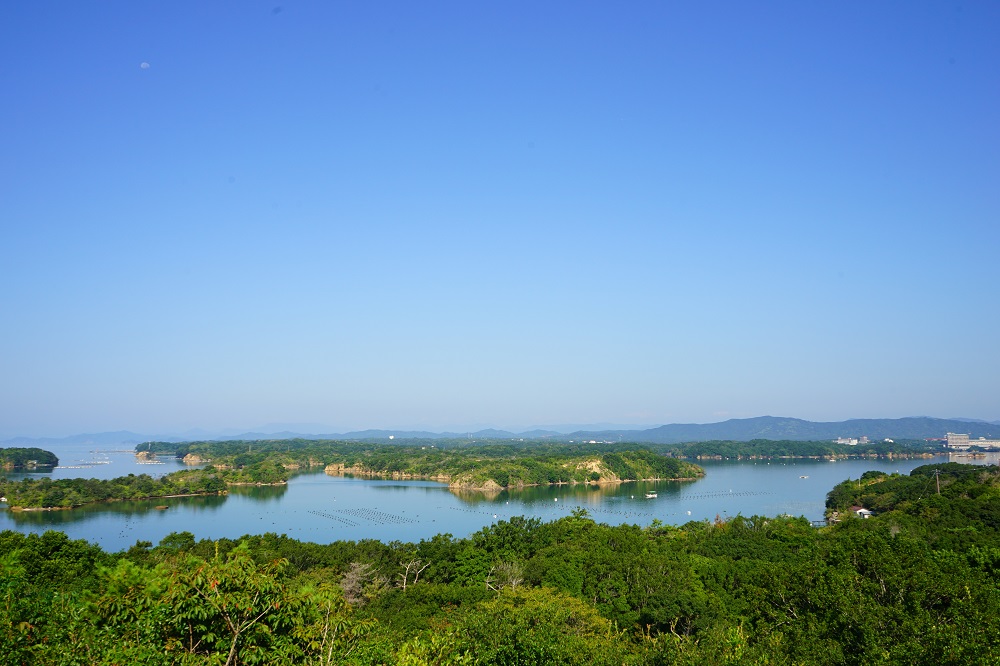
Hakusan National Park (Fukui, Gifu, Toyama, Ishikawa)
Hakusan National Park is a natural National Park known as a habitat for alpine flora and precious wild birds and animals, with mountains including the three highest peaks of "Gozengamine" (2,702m above sea level), "Onanjimine" (2,684m above sea level) and "Kengamine" (2,677m above sea level), and natural forests spreading out from the foot of the mountains. The highlights include the rounded, rabbit-like shape of Mt. Akausagi, Mt. Kyogatake with the acclaimed Osawa Pond, a marshland of former crater ruins caused by an eruption from about 1 million years ago, and the Heisenji Hakusan Shrine, which is said to have been opened in 717 as one of the centers of the Hakusan worship.
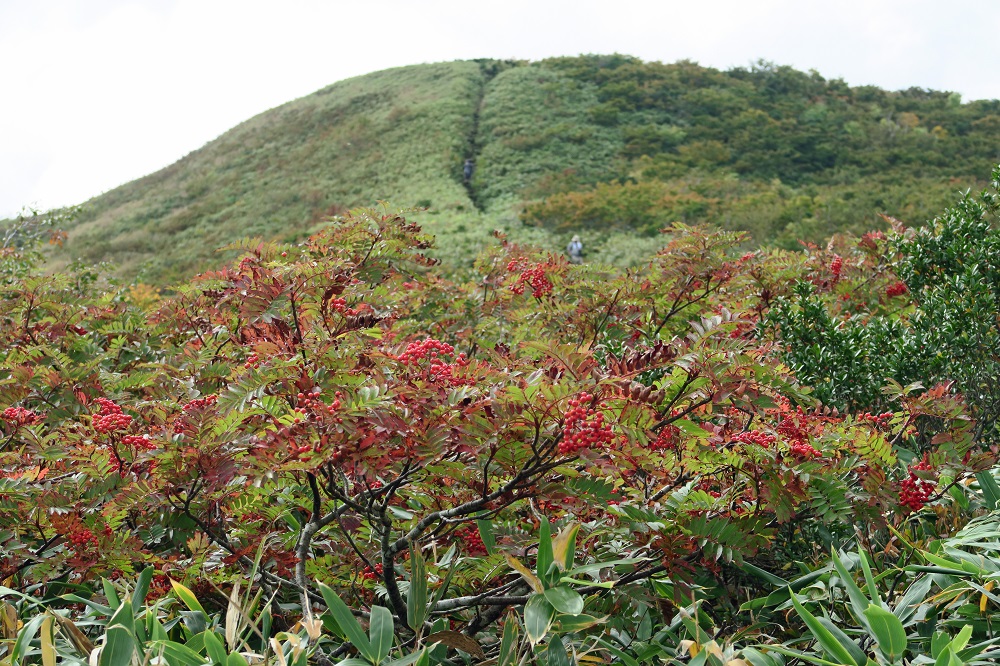
Hakusan National Park (Ishikawa, Gifu, Toyama, Fukui)
Hakusan National Park is a natural National Park known as a habitat for alpine flora and precious wild birds and animals, with mountains including the three highest peaks of "Gozengamine" (2,702m above sea level), "Onanjimine" (2,684m above sea level) and "Kengamine" (2,677m above sea level), and natural forests spreading out from the foot of the mountains. The highlights include the rounded, rabbit-like shaped Mt. Akausagi, Mt. Kyogatake with the acclaimed Osawa Pond, a marshland of former crater ruins caused by an eruption from about 1 million years ago, and the Heisenji Hakusan Shrine, which is said to have been opened in 717 as one of the centers of the Hakusan worship.
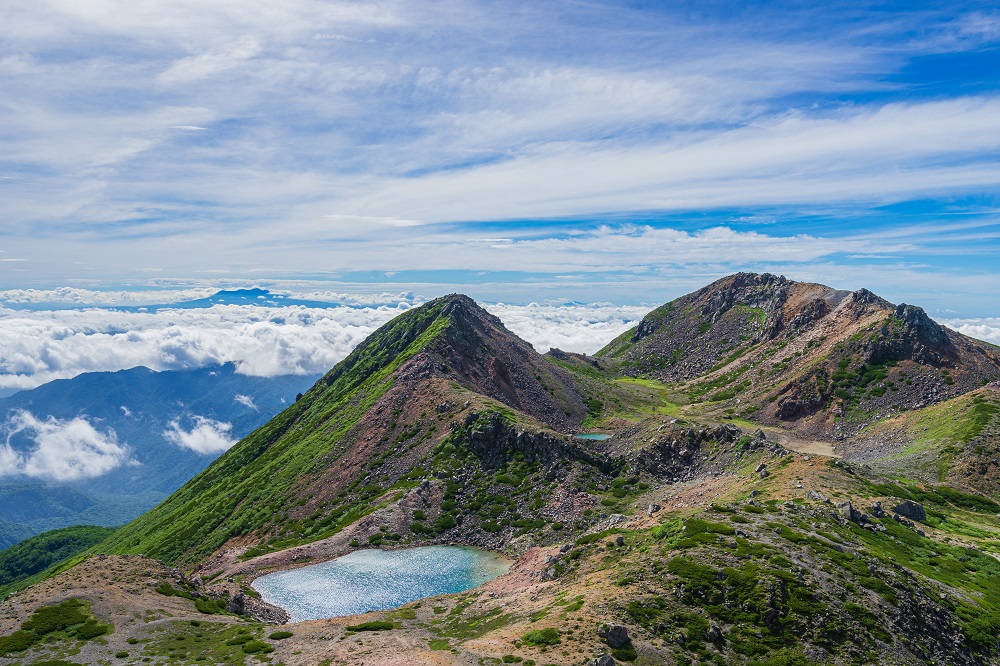
Chubusangaku National Park (Toyama, Nagano, Gifu, Niigata)
Chubusangaku National Park roughly encircles Northern Japan Alps, with 10 of the 21 3,000-meter-class peaks in Japan. The Ushiro-Tateyama Mountain range and Tateyama mountains dominate the northern section of the park, and three mountains of Mt. Oyama (the main peak at 3,003M), Mt. O-nanji-yama (the highest peak at 3,015M), and Mt. Fujino-oritate, are known as the Tateyama Mountais in general. The Ushiro Tateyama Mountain Range has the Mt. Shirouma (the highest peak at 2,932M) and is home to the largest snow-capped mountain range and mining plants in Japan. Midagahara is a world-class marshland of rare beauty.
Hakusan National Park (Toyama, Gifu, Ishikawa, Fukui)
The wilderness of Hakusan National Park is timeless. Known as a habitat for alpine flora and precious wild birds and animals, with mountains of three highest peaks of Gozengamine (2,702m above sea level), Onanjimine (2,684m above sea level), and Kengamine (2,677m above sea level) with the natural forests spreading at the foot of the mountains. Kei Lake, on the border with Gifu Prefecture, has beautifully pristine emerald sheen, and Mt. Daimon, also called "Kaga Fuji" located on the border of Ishikawa Prefecture, are some of the sites to be seen at the national park.

Mt. Fuji, the emblem of Japan, is also its tallest mountain. The majestic 3,776-meter-high mountain with its past of frequent and violent eruptions has long been an object of reverence and faith for m....
Togakushi is located in the northwestern part of Nagano City and was once visited by many ascetic practitioners as a sacred site. The area is designated as Myoko-Togakushi renzan National Park, where ....
Kamikochi is located in the west of Nagano Prefecture, on the border with Gifu Prefecture, at an altitude of about 1,500 meters. Although 1.2 million people visit every year, Kamikochi retains much of....
The Kii Mountain Range is home to the three sacred sites of Kumano Sanzan (Three Kumano Shrines), Koyasan (Mt. Koya), and Yoshino-and-Omine, which have nurtured various forms of faith, including Shint....